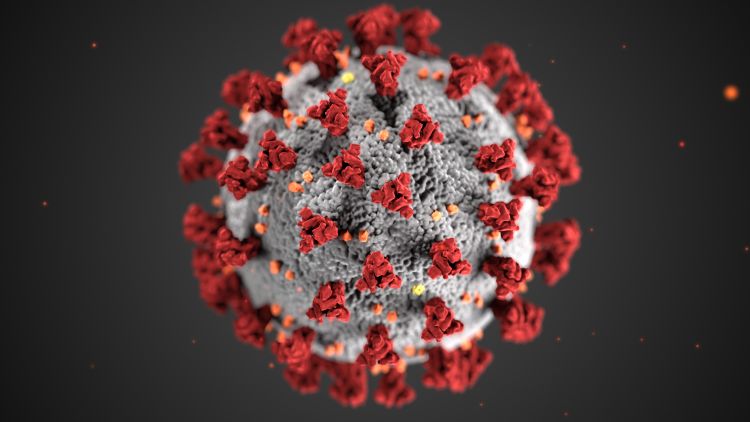DOM COVID-19 Journal Club: Establishing a monkey model of SARS-CoV2 infection that recapitulates key features of COVID-19

Purpose: Gain insight into COVID-19 with a non-human primate model by also comparing the pathogenesis of SARS-CoV2 with other human coronaviruses.
Study design: Several groups of young and old cynomolgus macaques were inoculated with SARS-Cov2 or MERS. Oral, nasal, and rectal swabs were routinely collected for viral shedding analysis by RT-PCR. Sera was also collected to determine when seroconversion had occurred. A subset of infected animals were euthanized at 4 dpi, and a variety of organs were analyzed for the presence of virus and a detailed histopathological analysis of the lungs from these monkeys was also performed.
Conclusion: Older macaques exhibited more prolonged and elevated SARS CoV2 viral shedding from the oral and nasal orifices than younger monkeys. However, most animals stopped shedding virus by 10 dpi and all had ceased shedding virus by 21 dpi. At 4 dpi, SARS-CoV2 replication was largely restricted to the respiratory tract, draining lymph nodes, and to a less extent, the ileum of the gut. Focusing on the respiratory tract, SARS-COV2 antigen could be detected in type-1 and type-2 alveolar epithelial cells and many cells in the conducting airways and nasal mucosa, whereas MERS preferentially infected type-2 alveolar epithelial cells. The infection and damage to type-1 alveolar epithelial cells by both SARS-CoV1 and -CoV2, correlated with diffuse alveolar damage and hyaline membrane formation- “hallmark” features of SARS and COVID-19 observed in humans.
Limitation: None of the animals experienced overt clinical disease. Thus, the model may be limited to understanding asymptomatic or mild COVID-19. Second, the authors never actually infected monkeys with SARS-CoV1 and instead, used existing data from the literature as a comparison. Finally, by the authors own admission, a more detailed analysis would be necessary to reveal key pathways in COVID-19 pathogenesis.
Context: The monkey model recreated features of COVID-19 seen in humans, including oral/nasal viral shedding, upper/lower respiratory tract infection, and pulmonary edema. The disease associated with SARS-CoV2 infection seem to more closely parallel SARS-CoV1 than MERS, which the authors say resembles what is seen in humans.
Reference:
- Rockx et al. “Comparative pathogenesis of COVID-19, MERS, and SARS in a nonhuman primate model”. Science. April 17, 2020.
The Department of Medicine COVID-19 Journal Club is dedicated to understand and applying data on COVID-19 to inform prevention and management efforts for healthcare workers and patients
This article by Darin Wiesner, PhD, postdoctoral trainee; Allergy, Pulmonology, and Critical Care Medicine. Reviewed by Nasia Safdar, MD, PhD, professor, Infectious Disease, vice chair for research, Department of Medicine.
Banner image: Centers for Disease Control and Prevention image library